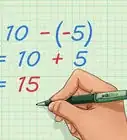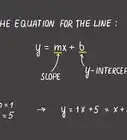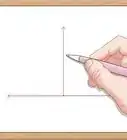wikiHow is a “wiki,” similar to Wikipedia, which means that many of our articles are co-written by multiple authors. To create this article, 28 people, some anonymous, worked to edit and improve it over time.
This article has been viewed 1,012,257 times.
Learn more...
A perpendicular bisector is a line that cuts a line segment connecting two points exactly in half at a 90 degree angle. To find the perpendicular bisector of two points, all you need to do is find their midpoint and negative reciprocal, and plug these answers into the equation for a line in slope-intercept form. If you want to know how to find the perpendicular bisector of two points, just follow these steps.
Steps
Gathering Information
-
1Find the midpoint of the two points. To find the midpoint of two points, simply plug them into the midpoint formula: [(x1 + x2)/2,( y1 + y2)/2]. This means that you're just finding the average of the x and y coordinates of the two sets of points, which leads you to the midpoint of the two coordinates. Let's say we're working with the (x1, y1) coordinates of (2, 5) and the (x2, y2) coordinates of (8, 3). Here's how you find the midpoint for those two points:[1]
- [(2+8)/2, (5 +3)/2] =
- (10/2, 8/2) =
- (5, 4)
- The coordinates of the midpoint of (2, 5) and (8, 3) are (5, 4).
-
2Find the slope of the two points. To find the slope of the two points, simply plug the points into the slope formula: (y2 - y1) / (x2 - x1). The slope of a line measures the distance of its vertical change over the distance of its horizontal change. Here's how to find the slope of the line that goes through the points (2, 5) and (8, 3):[2]
- (3-5)/(8-2) =
- -2/6 =
- -1/3
- The slope of the line is -1/3. To find this slope, you have to reduce 2/6 to its lowest terms, 1/3, since both 2 and 6 are evenly divisible by 2.
Advertisement -
3Find the negative reciprocal of the slope of the two points. To find the negative reciprocal of a slope, simply take the reciprocal of the slope and change the sign. You can take the negative reciprocal of a number simply by flipping the x and y coordinates and change the sign. The reciprocal of 1/2 is -2/1, or just -2; the reciprocal of -4 is 1/4.[3]
- The negative reciprocal of -1/3 is 3 because 3/1 is the reciprocal of 1/3 and the sign has been changed from negative to positive.
Calculating the Equation of the Line
-
1Write the equation of a line in slope-intercept form. The equation of a line in slope-intercept form is y = mx + b where any x and y coordinates in the line are represented by the "x" and "y," the "m" represents the slope of the line, and the "b" represents the y-intercept of the line. The y-intercept is where the line intersects the y-axis. Once you write down this equation, you can begin to find the equation of the perpendicular bisector of the two points.[4]
-
2Plug the negative reciprocal of the original slope into the equation. The negative reciprocal of the slope of the points (2, 5) and (8, 3) was 3. The "m" in the equation represents the slope, so plug the 3 into the "m" in the equation of y = mx + b.[5]
- 3 --> y = mx + b =
- y = 3x + b
-
3Plug the points of the midpoint into the line. You already know that the midpoint of the points (2, 5) and (8, 3) is (5, 4). Since the perpendicular bisector runs through the midpoint of the two lines, you can plug the coordinates of the midpoint into the equation of the line. Simply plug in (5, 4) into the x and y coordinates of the line.
- (5, 4) ---> y = 3x + b =
- 4 = 3(5) + b =
- 4 = 15 + b
-
4Solve for the intercept. You have found three of the four variables in the equation of the line. Now you have enough information to solve for the remaining variable, "b," which is the y-intercept of this line. Simply isolate the variable "b" to find its value. Just subtract 15 from both sides of the equation.
- 4 = 15 + b =
- -11 = b
- b = -11
-
5Write the equation of the perpendicular bisector. To write the equation of the perpendicular bisector, you simply have to plug in the slope of the line (3) and the y-intercept (-11) into the equation of a line in slope-intercept form. You should not plug in any terms into the x and y coordinates, because this equation will allow you to find any coordinate on the line by plugging in either any x or any y coordinate.
- y = mx + b
- y = 3x - 11
- The equation for the perpendicular bisector of the points (2, 5) and (8, 3) is y = 3x - 11.
Community Q&A
-
QuestionWhat if one of the numbers is a negative, and when I try to find the midpoint it gives me 0? The points are A(-4,4) and B(4,8).
 DonaganTop AnswererZero is correct. The x-value midway between -4 and +4 is 0. The y-value midway between 8 and 4 is 6. So the midpoint is (0,6).
DonaganTop AnswererZero is correct. The x-value midway between -4 and +4 is 0. The y-value midway between 8 and 4 is 6. So the midpoint is (0,6). -
QuestionWhat is the exact length of a line joining the points (-12,3) and (8,4)?
 DonaganTop AnswererVisualize a right triangle, the hypotenuse of which is the line joining the two points. One leg of the triangle has this length: 8 - (-12) = 8 + 12 = 20. The length of the other leg is 4 - 3 = 1. The hypotenuse has this length: √(20² + 1²) = √401. Thus, the distance between the points is 20.025.
DonaganTop AnswererVisualize a right triangle, the hypotenuse of which is the line joining the two points. One leg of the triangle has this length: 8 - (-12) = 8 + 12 = 20. The length of the other leg is 4 - 3 = 1. The hypotenuse has this length: √(20² + 1²) = √401. Thus, the distance between the points is 20.025. -
QuestionIs a bisector the same as the negative reciprocal of the line?
 DonaganTop AnswererNo. A line's negative reciprocal would be another line perpendicular to it but not necessarily bisecting it.
DonaganTop AnswererNo. A line's negative reciprocal would be another line perpendicular to it but not necessarily bisecting it.
References
- ↑ http://easycalculation.com/analytical/perpendicular-bisector-line.php
- ↑ http://www.mathwarehouse.com/algebra/linear_equation/slope-of-a-line.php
- ↑ https://www.wtamu.edu/academic/anns/mps/math/mathlab/col_algebra/col_alg_tut28_parpen.htm
- ↑ https://www.mathplanet.com/education/algebra-1/visualizing-linear-functions/the-slope-intercept-form-of-a-linear-equation
- ↑ https://www.mathplanet.com/education/algebra-1/visualizing-linear-functions/the-slope-intercept-form-of-a-linear-equation
About This Article
To find the perpendicular bisector of 2 points, find the midpoint of the 2 points by using the midpoint formula. Then, find the slope of the 2 points by using the slope formula, and find the negative reciprocal of the slope by taking the reciprocal and changing the sign. Write the equation of the line in point-slope form using the negative reciprocal and the midpoint. Solve the equation for the intercept to find the perpendicular bisector. For more information, including the formulas for finding midpoint and slope, scroll down!
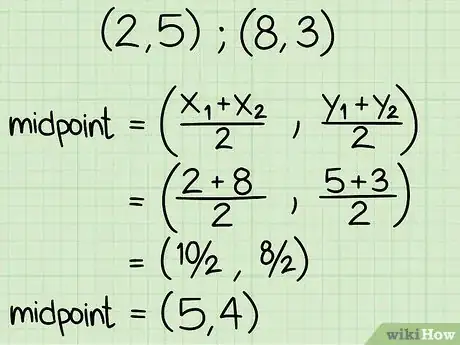
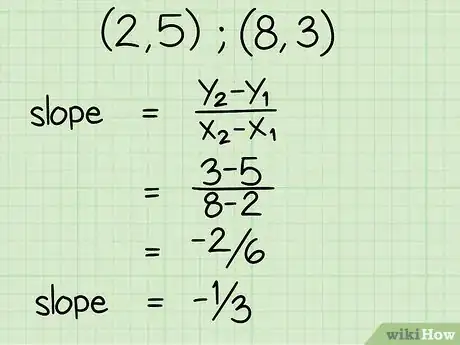
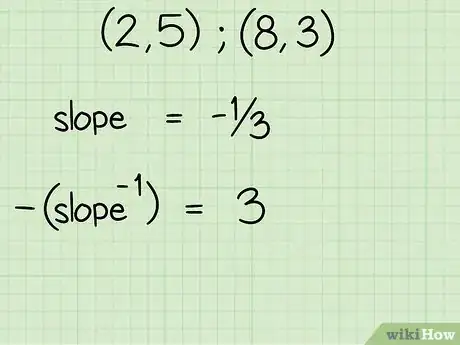

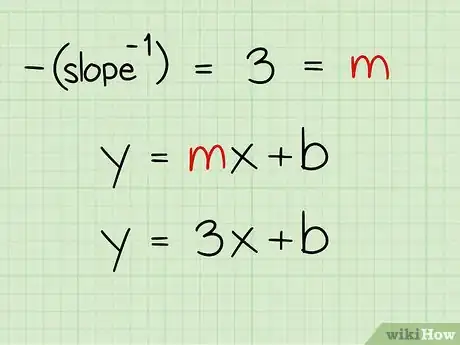
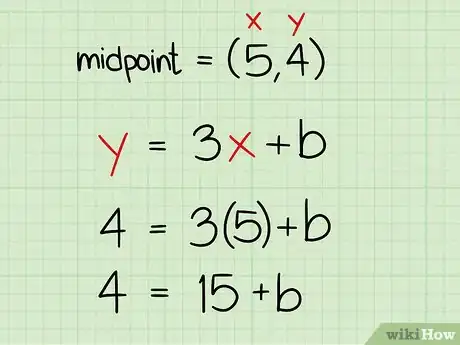
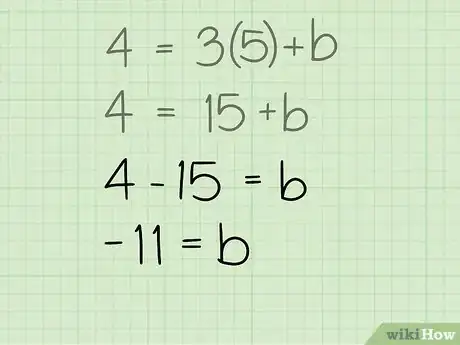

-Step-13.webp)

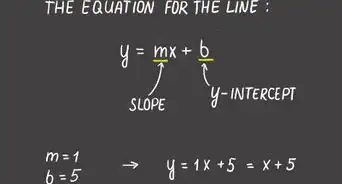


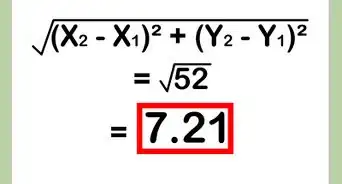
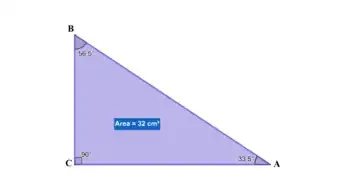

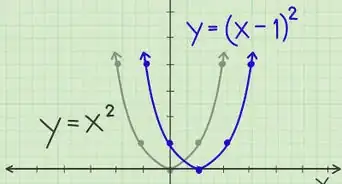


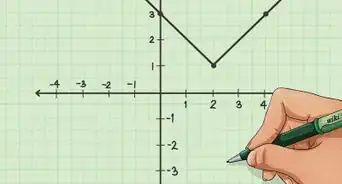

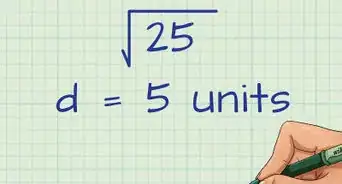






-Step-13.webp)
